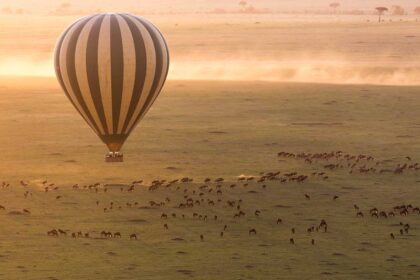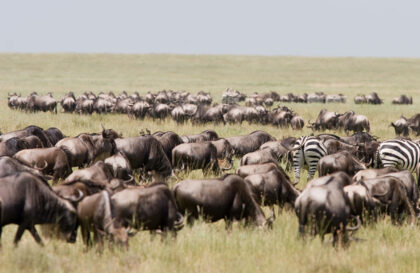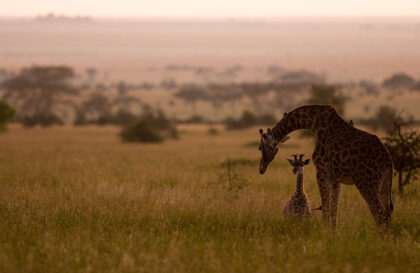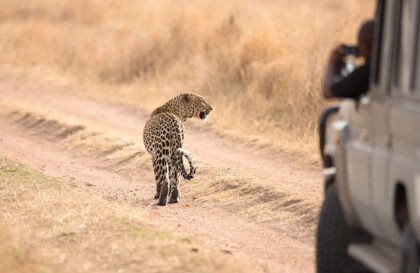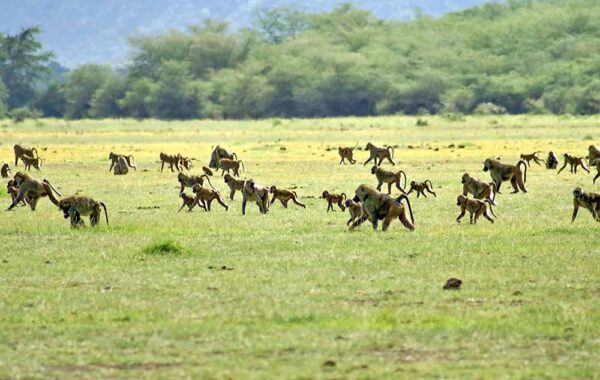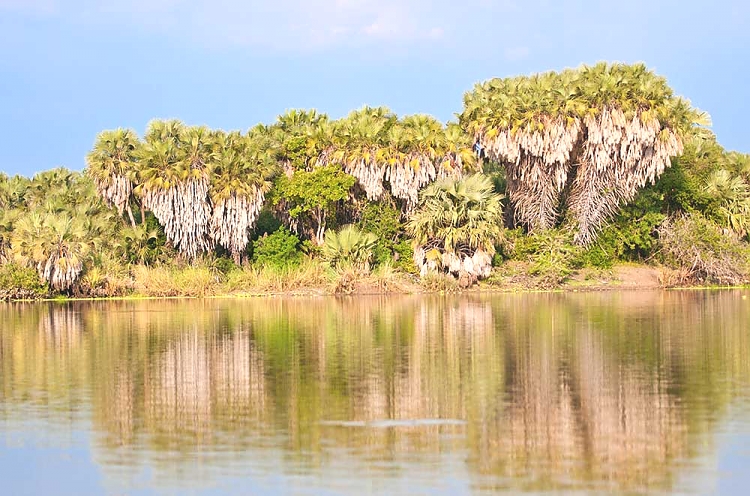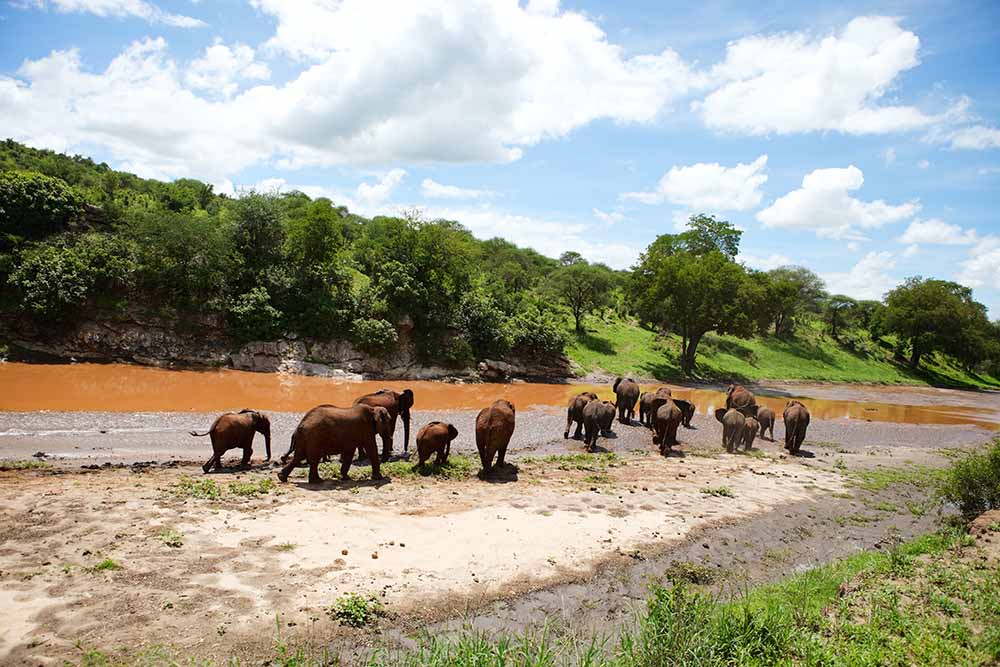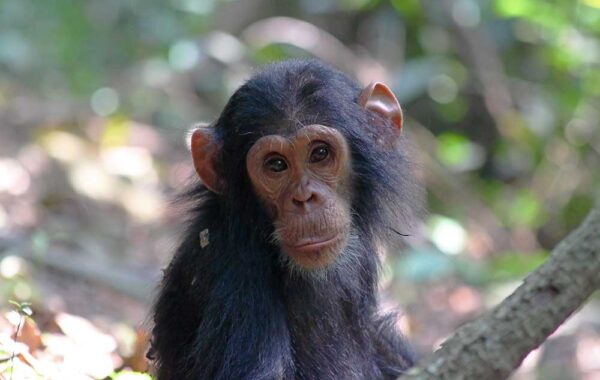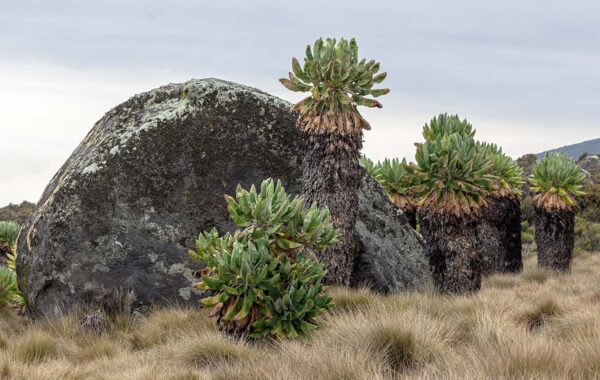Serengeti National Park
About Serengeti National Park
Covering nearly 14,750 square kilometers, Serengeti National Park is Tanzania’s most famous wildlife sanctuary and one of the greatest natural wonders on Earth. It is renowned for its endless plains, spectacular wildlife diversity, and the legendary Great Wildebeest Migration, where over 1.5 million wildebeests and zebras move across the ecosystem in search of fresh grazing.
Highlights
Serengeti offers year-round wildlife viewing with excellent chances of spotting the Big Five—lion, leopard, elephant, rhino, and buffalo. The park’s landscapes range from vast grasslands and riverine forests to kopjes (rocky outcrops) that serve as lookouts for big cats. Key areas include the Seronera Valley, famous for predators, and the Western Corridor and Northern Serengeti, where the migration crosses the Grumeti and Mara Rivers.
Getting There
Serengeti is about 320 kilometers (200 miles) northwest of Arusha and can be reached by 6–8 hours’ drive or a short charter flight to one of several airstrips inside the park. Most safaris include the Serengeti as part of the Northern Circuit, combined with Ngorongoro and Tarangire.
What to Do
Visitors can enjoy game drives, hot air balloon safaris, and photographic safaris throughout the year. The migration’s river crossings (June–October) are especially dramatic. Guided walks, bush meals, and cultural tours in nearby Maasai villages add depth to the experience. Whether you’re watching lions under golden sunsets or wildebeests thundering across the plains, Serengeti offers the quintessential African safari.


